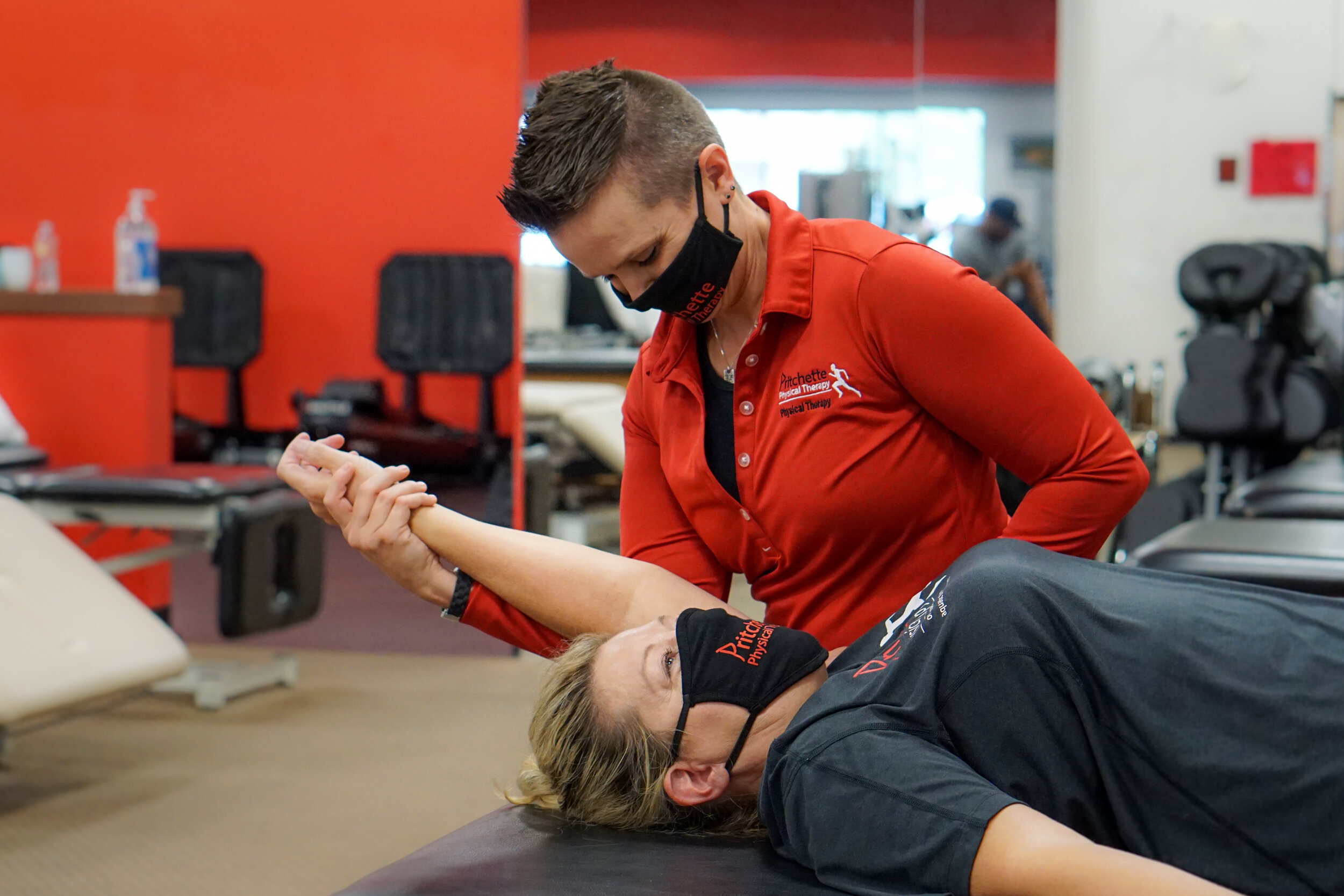by Karen Maldonado, Certified Personal Trainer
2020 has thrown quite the curveball into all our lives. Now that the country is slowly opening back up, gyms are starting to open their doors too. What can you do to get back into the gym safely to reach those goals?
Ease into your workout routine - With stay at home orders in place and months out of the gym, your body may be feeling stiff and weak. You will want to focus on warming up and stretching. Attempting to start where you last left off months ago can leave you open for injury. Start slow and build up your strength and endurance. It may seem like a drag to start over, but your body will thank you in the long run.
Disinfecting equipment - Wiping down equipment after each use is common practice in the gym. This will help keep you and everyone else safe. For extra precautions, consider wiping down beforehand. Make sure the staff are taking proper precautions to keep you safe by cleaning the facilities regularly.
Social Distancing - The CDC suggests keeping 6 feet of distance from others. Some gyms may require the use of face masks as well. D
Don't touch your face! - Keep a towel handy to wipe any sweat. When you're done with your workout, remember to wash your hands.
Stay at home if you're sick! For the sake of your health and the health of others, just stay home. Talk to your doctor about when it would be safe to return to the gym.
Whenever you're ready to head to the gym again, keep these tips in mind. Exercise is important for your health! Keep yourself, and everyone around you healthy.





